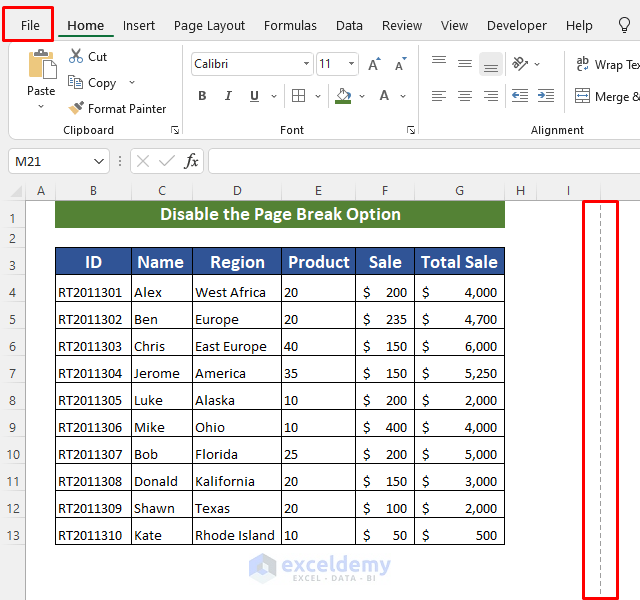5 Reasons to Keep Lease Paperwork in Your Vehicle

Keeping the paperwork for your leased vehicle close at hand is a smart move that goes beyond just keeping things organized. Here are five compelling reasons why you should always have the lease documents in your vehicle:
Quick Reference for Emergencies

- Safety: In the event of a roadside emergency, having your lease agreement nearby provides critical information about your vehicle. This includes contact details for emergency services specific to your lease, insurance documentation, and other pertinent information for law enforcement or tow services.
- Faster Assistance: Insurance representatives, rental car services, and towing companies often need specifics from your lease. Immediate access to these documents speeds up processes, reducing stress during emergencies.

Ease of Rental or Loaner Car Exchanges

- Streamlined Process: If your leased vehicle needs to be serviced, showing up with your lease agreement speeds up the process of getting a loaner or rental car from the dealership or service center.
- Saves Time: No need to go home or call the dealership to retrieve your lease documents, saving you valuable time during a busy day.
To Maintain Insurance and Registration Compliance

Having a readily accessible copy of your lease agreement ensures compliance:
| Document | Why You Need It |
|---|---|
| Insurance Policy | To verify coverage details, especially for comprehensive and collision insurance required by your lease. |
| Registration Papers | To ensure the vehicle’s registration is current and valid, reducing the risk of legal complications. |
| Lease Agreement | Contains details about coverage requirements, mileage limits, and penalties, ensuring you’re aware of your obligations. |

Effortless Return Process

- Streamlined Return: When you’re ready to turn in your leased vehicle, having the lease paperwork allows for an organized return process. You can easily present proof of maintenance, wear and tear, and vehicle condition to avoid penalties.
- Documentation: It helps you and the dealership reconcile any outstanding issues, such as odometer readings or pre-existing damage, during the return.
Convenient Access to Vehicle Information

Your lease agreement is a treasure trove of information:
- Maintenance Records: Includes details of scheduled maintenance which is helpful for service appointments or reselling the vehicle.
- Vehicle History: Contains valuable info for inspections, title transfers, and warranty claims.
💡 Note: Make sure to keep your documents in a safe, dry location like a waterproof folder to protect them from potential car issues like leaks or floods.
In summary, keeping your lease documents in your vehicle simplifies life in numerous ways. From providing quick access in emergencies to streamlining the return process, having these papers on hand saves time, reduces hassle, and keeps you compliant with insurance and lease requirements. You'll also be ready to respond to any vehicle-related query or process that comes up, making your lease experience as smooth as possible.
Where should I store my lease documents in the car?

+
The best place to keep lease paperwork is in a waterproof, secure folder or envelope in the glove compartment for easy access and protection from elements.
What information is typically in a lease agreement?

+
Lease agreements usually contain terms like lease duration, monthly payments, mileage limits, insurance requirements, and vehicle condition standards.
How can I ensure my lease documents are kept up to date?

+
Keep an updated physical copy in your car, but also consider digital backups. Review your lease agreement regularly, update changes, and check that maintenance records are current.



